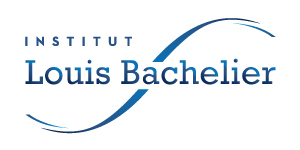Realised with Jean-Pierre Ponssard, this “Cahier de l’ILB” is dedicated to sustainable mobility. It deals with various subjects : how driving restrictions affect urban pollution, carbon footprint of motor vehicles in the United States, hydrogen vehicles, the importance of strong regulation to reap the full benefits of innovation in mobility.
Social pressure can help overcome the free rider problem associated with public good provision. In the social norms literature concerned with the private provision of public goods there seems to be an implicit belief that it is best to have all agents adhere to the ‘good’ social norm. We challenge this view and study optimal government policy in a reference model (Rege, 2004) of public good provision and social approval in a dynamic setting.
This study uses the global climate–economy–biosphere (CoCEB) model formulated in Part 1 to investigate economic aspects of deforestation control and carbon sequestration in forests, as well as the efficiency of carbon capture and storage (CCS) technologies as policy measures for climate change mitigation.
We consider the problem of stopping a diffusion process with a payoff functional involving probability distortion. We study stopping decisions of naïve agents who reoptimize continuously in time, as well as equilibrium strategies of sophisticated agents who anticipate but lack control over their future selves’ behaviors.
Article published in Environmental and Resource Economics – September 2017 Abstract. We consider a partial equilibrium model to study the optimal phasing out of...
Common dynamical properties of business cycle fluctuations are studied in a sample of more than 100 countries that represent economic regions from all around the world.


